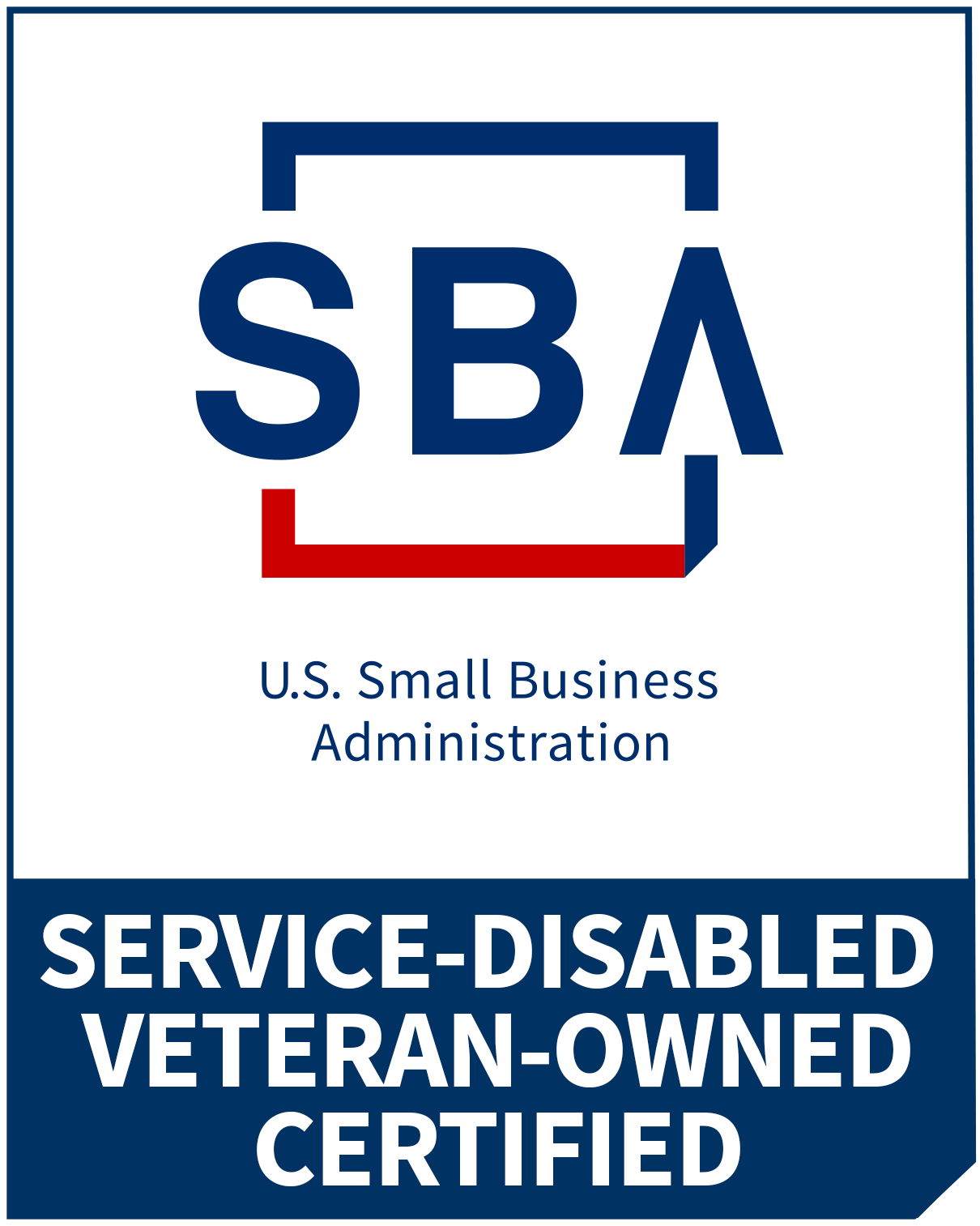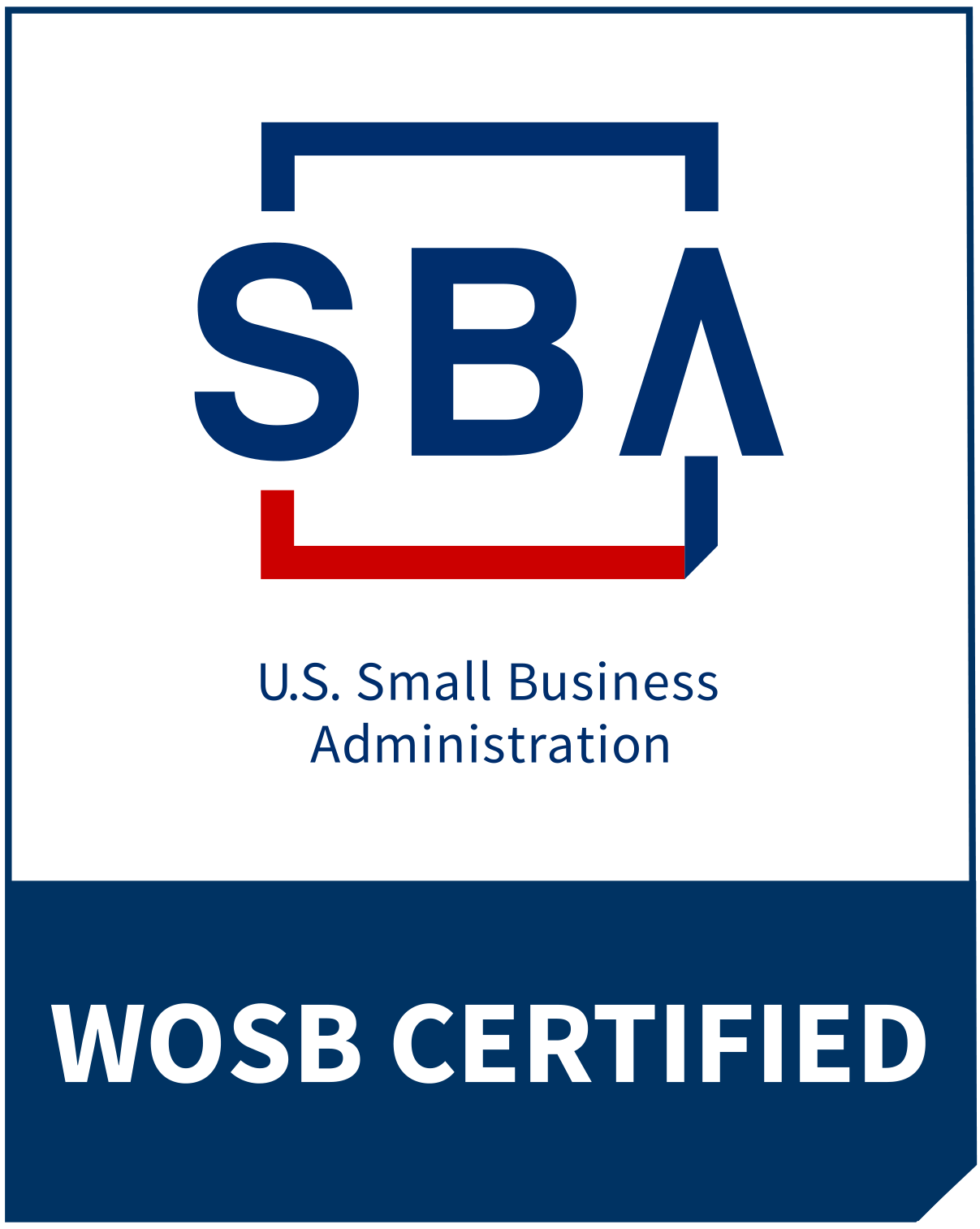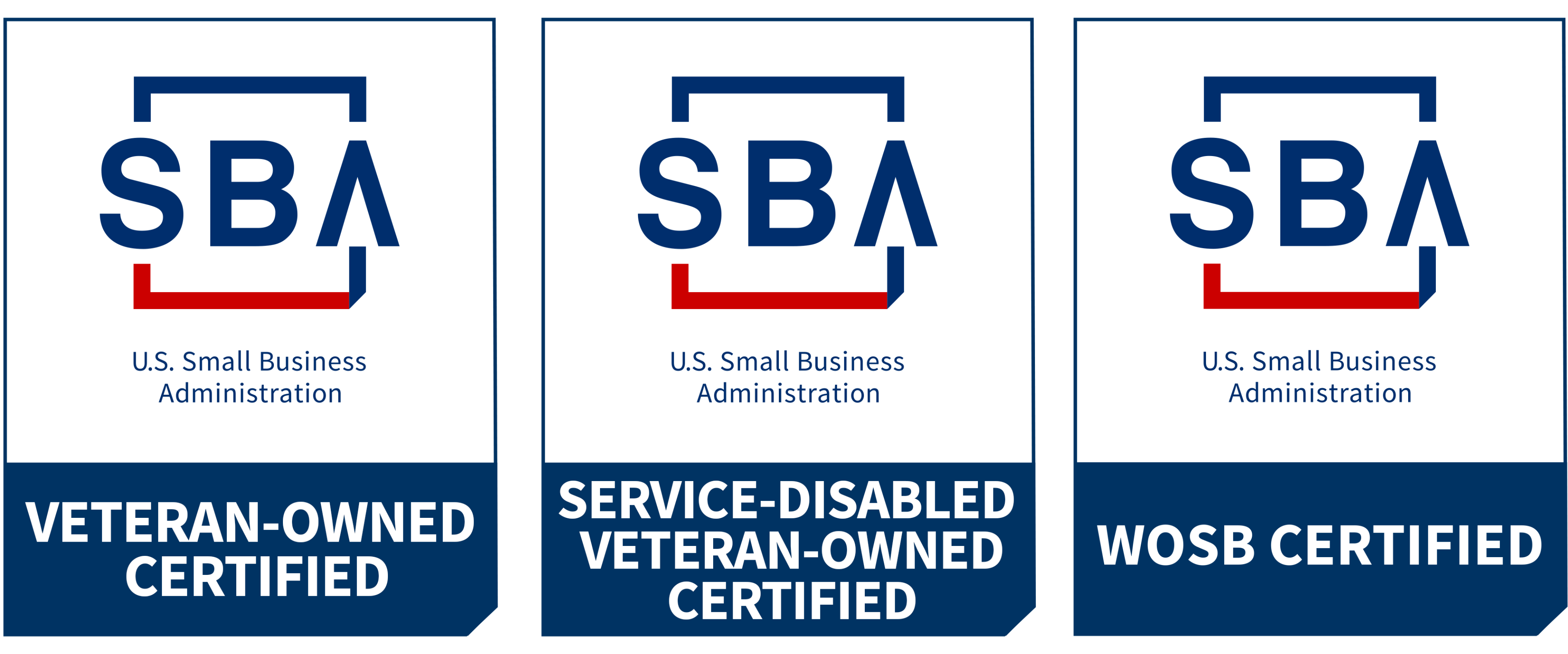Nonprofit
MARKETING
FAQs
Explore our comprehensive FAQ page designed for nonprofits seeking answers for effective marketing, design, & branding. Discover valuable insights into leveraging digital platforms, engage supporters, and drive impactful campaigns. Uncover answers to common queries about building brand awareness, website design, and measuring marketing success. Whether you’re a small local nonprofit or a larger organization, this resource will help you navigate the dynamic world of nonprofit marketing and maximize your outreach to advance your mission.
Explore our comprehensive FAQ page designed for nonprofits seeking answers for effective marketing, design, & branding. Discover valuable insights into leveraging digital platforms, engage supporters, and drive impactful campaigns. Uncover answers to common queries about building brand awareness, website design, and measuring marketing success. Whether you’re a small local nonprofit or a larger organization, this resource will help you navigate the dynamic world of nonprofit marketing and maximize your outreach to advance your mission.
Nonprofits may decide to rebrand for numerous reasons including:
- Clarity and Focus: Over time, nonprofits may evolve and expand their scope or mission. A rebranding effort allows them to communicate their current objectives clearly and concisely, ensuring that their message resonates with their target audience.
- Relevance and Appeal: Nonprofits need to remain relevant to their stakeholders, including donors, volunteers, and beneficiaries. A fresh and modern brand can attract new audiences, especially younger demographics, and keep existing supporters engaged.
- Differentiation: A well-thought-out rebranding can help a nonprofit stand out from similar organizations, differentiating itself in a competitive landscape. This differentiation can also aid in fundraising efforts and partnerships.
- Change of Perception: If a nonprofit has faced negative publicity or misperceptions in the past, rebranding can be an opportunity to shed old associations and present a more positive image. This is particularly relevant if there has been a significant shift in the organization’s strategy or leadership.
- Merger or Expansion: In cases where two or more nonprofits merge or when a nonprofit expands its services or geographical reach significantly, rebranding can help create a unified identity and prevent confusion among stakeholders.
- Legacy and Outdated Image: Older nonprofits might rebrand to shed their outdated image and connect with younger generations who may perceive them as old-fashioned or out of touch.
- Organizational Changes: If an organization undergoes a major structural or strategic shift, such as a change in its name, mission, or core programs, rebranding can help reflect these changes more accurately.
Nonprofits need branding for several important reasons:
- Identity and Differentiation: A strong brand helps establish a nonprofit’s unique identity, values, and mission. It allows the organization to differentiate itself from others working in the same space, making it easier for supporters, beneficiaries, and partners to recognize and connect with them.
- Visibility and Awareness: A well-developed brand increases a nonprofit’s visibility and helps raise awareness about its cause and initiatives. A recognizable brand makes it more likely for the organization to be remembered and considered by potential donors, volunteers, and beneficiaries.
- Trust and Credibility: An effective brand inspires trust and confidence in stakeholders. A consistent and professional brand presence reassures donors that their contributions will be used effectively, and it gives beneficiaries the confidence that the nonprofit can deliver on its promises.
- Fundraising and Donor Engagement: A strong brand can significantly impact fundraising efforts. Donors are more likely to contribute to a nonprofit they trust and feel a connection with. A compelling brand story can emotionally engage donors and motivate them to support the organization’s cause.
- Impact and Social Change: Branding helps nonprofits communicate their impact and the positive change they bring to their communities or causes. A clear brand message can rally supporters around a shared vision and inspire collective action towards social change.
- Consistency and Recognition: A consistent brand identity across various communication channels, such as the website, social media, and marketing materials, fosters recognition and reinforces the nonprofit’s mission and values in the minds of stakeholders.
- Partnerships and Collaboration: Nonprofits with a strong brand are more likely to attract potential partners and collaborators who share similar goals. A recognizable and respected brand can open doors to new opportunities and expand the organization’s reach.
- Long-Term Sustainability: Establishing a reputable brand presence can contribute to the long-term sustainability of a nonprofit. A strong brand can withstand challenges and changes, helping the organization remain relevant and effective over time.
1. Tell Your Story
2. Expand Your Reach
3. Drive New Interest
4. Increased Visibility
5. Fundraising and Donor Engagement
6. Credibility and Professionalism
As a nonprofit, one of the most integral parts of your success comes down to how you share your story—you must tell who you are, the challenges you seek to address, and how you plan to unleash your menagerie of resources to accomplish your mission.
Website design is important for nonprofits who want to attain or keep their credibility. Good website design plays a pivotal role in promoting the nonprofit’s mission, facilitating engagement, and driving positive outcomes that contribute to the organization’s success and impact in the community or cause it serves. For brand consistency and credibility, incorporating the organization’s colors, logo, and visual elements, the website becomes an integral part of the overall brand experience, promoting recognition and reinforcing the nonprofit’s unique identity.
A website is your organization’s home base on the World Wide Web. When visitors arrive on your platform—whether they’re potential donors or eager volunteers—you want them to instinctively know where to go. That means you need your website design to be organized and informative to the target audience.
Website maintenance is not a one-time task but an ongoing process essential for the long-term success of your online presence. By prioritizing regular maintenance, you can enhance security, improve performance, boost search engine visibility, engage your audience with fresh content, and safeguard against unexpected setbacks. Whether you manage a business website, a personal blog, or an e-commerce platform, investing time and resources into website maintenance is a wise decision that pays off in terms of reliability, usability, and credibility. Remember, a well-maintained website is not only a reflection of your brand but also a valuable asset that contributes to your overall success in the digital realm.
Investing in professional graphic design services for your nonprofit can leave a lasting positive impression on your audience while efficiently conveying vital information. Although you may have capable employees handling graphic design for your brand, it is highly advisable to consider professional graphic design services. By doing so, you ensure a high standard of creativity and expertise, resulting in visuals that captivate and resonate with your target audience, ultimately elevating your brand’s impact and communication effectiveness.
Incorporating graphic design into your nonprofit marketing plan is a vital element that enhances communication and reinforces your brand identity through powerful visual elements such as logos, letterheads, images, brochures, and websites. By leveraging the art of graphic design, your nonprofit can evoke compelling emotions that leave a lasting and memorable impact on your audience, fostering stronger connections and greater resonance with your mission and initiatives.
Yes, nonprofits should use Google Analytics. Nonprofits can greatly benefit from using Google Analytics. Google Analytics is a powerful web analytics tool that provides valuable insights into website traffic and user behavior. Here are some reasons why nonprofits should consider using Google Analytics:
- Data-Driven Decision Making: Google Analytics allows nonprofits to access data on website traffic, visitor demographics, popular pages, and more. Analyzing this data helps organizations make informed decisions about their online strategies, content, and campaigns, ensuring they are effectively reaching and engaging their target audience.
- Measure Impact and Goals: Nonprofits can set up specific goals within Google Analytics, such as donation completions, volunteer sign-ups, or email list subscriptions. By tracking these goals, organizations can measure their impact and assess the success of their online initiatives.
- Understanding User Behavior: Google Analytics provides valuable insights into how users interact with the website, including how they navigate, which pages they spend the most time on, and where they drop off. This data helps identify areas for improvement in user experience, content optimization, and website design.
- Campaign Tracking: For nonprofits running online marketing campaigns, Google Analytics offers detailed tracking of campaign performance. It allows organizations to see which channels drive the most traffic and conversions, helping them allocate resources effectively and maximize their return on investment.
- Enhancing Fundraising Efforts: Nonprofits heavily rely on fundraising efforts to support their missions. Google Analytics can help track the sources of donation traffic, the effectiveness of fundraising campaigns, and identify potential donors, enabling targeted outreach and improved fundraising strategies.
- Cost-Effectiveness: Google Analytics is a free tool, making it a cost-effective option for nonprofits with limited budgets. It provides robust features and insights without requiring additional financial investment.
By leveraging Google Analytics, nonprofits gain a deeper understanding of their online presence, audience engagement, and campaign performance. This data-driven approach allows organizations to optimize their website, refine marketing strategies, and ultimately achieve their mission more effectively.
Yes, nonprofits should use Google Ads as a powerful digital marketing tool to amplify their impact and achieve their goals. Google Ads offers unparalleled reach, allowing organizations to connect with a vast audience actively searching for causes, resources, and opportunities to contribute. With precise targeting options, nonprofits can tailor their campaigns to reach specific demographics, ensuring they reach potential donors and volunteers who align with their mission. Additionally, Google’s ad platform offers cost-effective solutions, enabling nonprofits to optimize their budgets while still driving meaningful results. By harnessing the potential of Google Ads, nonprofits can expand their visibility, boost fundraising efforts, drive engagement, and ultimately make a more significant difference in the communities they serve.


Connect
& let us do the work.
Call us! 858.848.6584
to Rock?

to Rock?
Call us! 858.848.6584
7710 Hazard Center Drive
Suite E 423
San Diego, CA 92108








